Best Time to Visit Madagascar: A Comprehensive Guide
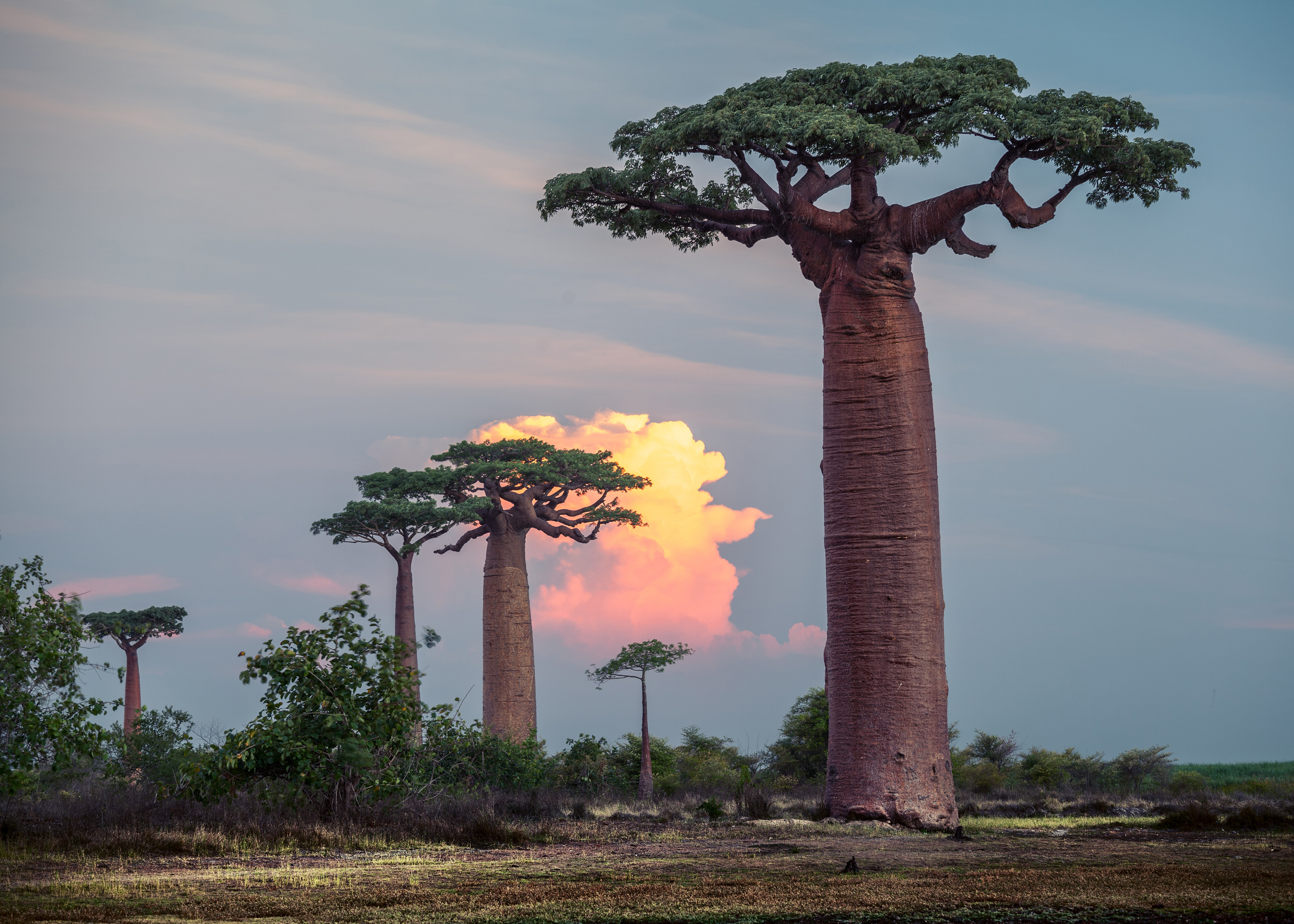
Madagascar, the world’s fourth-largest island, is a paradise of unique biodiversity, stunning landscapes, and rich cultural heritage. Knowing the best time to visit Madagascar can make your trip unforgettable.
This comprehensive guide delves into the optimal times to explore this extraordinary destination, providing detailed insights into weather patterns, key events, and the best activities for each season.
Madagascar is a land of contrasts, offering everything from dense rainforests and arid deserts to bustling cities and serene beaches. To make the most of your visit, it’s crucial to understand the island’s unique climate and how it affects travel plans.
Understanding Madagascar’s Climate
Madagascar’s climate is as diverse as its landscapes, shaped by its position in the Indian Ocean and varied topography. This island nation is characterised by a predominantly tropical climate, but it encompasses several distinct climatic zones. Each region offers a unique weather pattern, making Madagascar a land of contrasting climates.
Tropical Climate Zones
Madagascar’s climate is predominantly tropical, influenced by its geographical diversity. The island can be divided into several climatic zones, each offering a different experience.
- Eastern Coast: Warm and wet, heavy rainfall from December to March.
- Western Coast: Drier and sunnier, especially from April to November.
- Highlands: Cooler and more temperate, with a significant evening temperature drop.
- Southern Madagascar: Arid and dry, with sparse rainfall throughout the year.
Best Time to Visit Madagascar
When planning a trip to Madagascar, timing is key to experiencing the island at its best. The dry season, spanning from April to October, is usually the best time to go. These are the best months for outdoor exploration and activities because of the less variable weather and little rainfall.
Dry Season: April to October
The dry season is viewed as the best time to visit Madagascar. During these months, the weather is more predictable, and the chances of rain are minimal.
- April to June: Early dry season, ideal for visiting rainforests and seeing lush landscapes.
- July to October: Peak dry season, perfect for beach holidays, wildlife spotting, and trekking.
Wet Season: November to March
The wet season brings heavy rains, especially to the eastern regions. However, if you plan accordingly, it’s still a good time to visit.
- November: Transition period, fewer tourists, and lush green scenery.
- December to March: Wettest months, best for seeing vibrant flora and avoiding crowds.
Apply Now for Madagascar eVisa
Planning your trip to Madagascar? Applying for an eVisa is a straightforward and convenient process that allows you to secure your travel authorization online before your departure. To make sure the application process goes smoothly, follow these steps.
How to Apply for a Madagascar eVisa
- Fill Out the Madagascar eVisa Application Form
- Upload Required Documents (see the list below).
- Pay the Visa Fee
- Submit the Application
- Receive Your eVisa
Required Documents for Madagascar eVisa
- Valid Passport: Your passport has to be active for at least 6 months from the date of entry into Madagascar.
- Recent Passport-Sized Photo: A clear, recent photo that meets passport standards.
- Flight Itinerary: Proof of your round-trip flight booking or travel itinerary.
- Accommodation Details: Confirmation of hotel reservations or a letter from a host if staying with someone.
- Proof of Sufficient Funds: Documentation proving you have the money to pay for your trip to Madagascar.
- Travel Insurance (Recommended): While not mandatory, it is recommended to purchase travel insurance that covers illnesses, injuries, and repatriation.
Regional Climate Variations
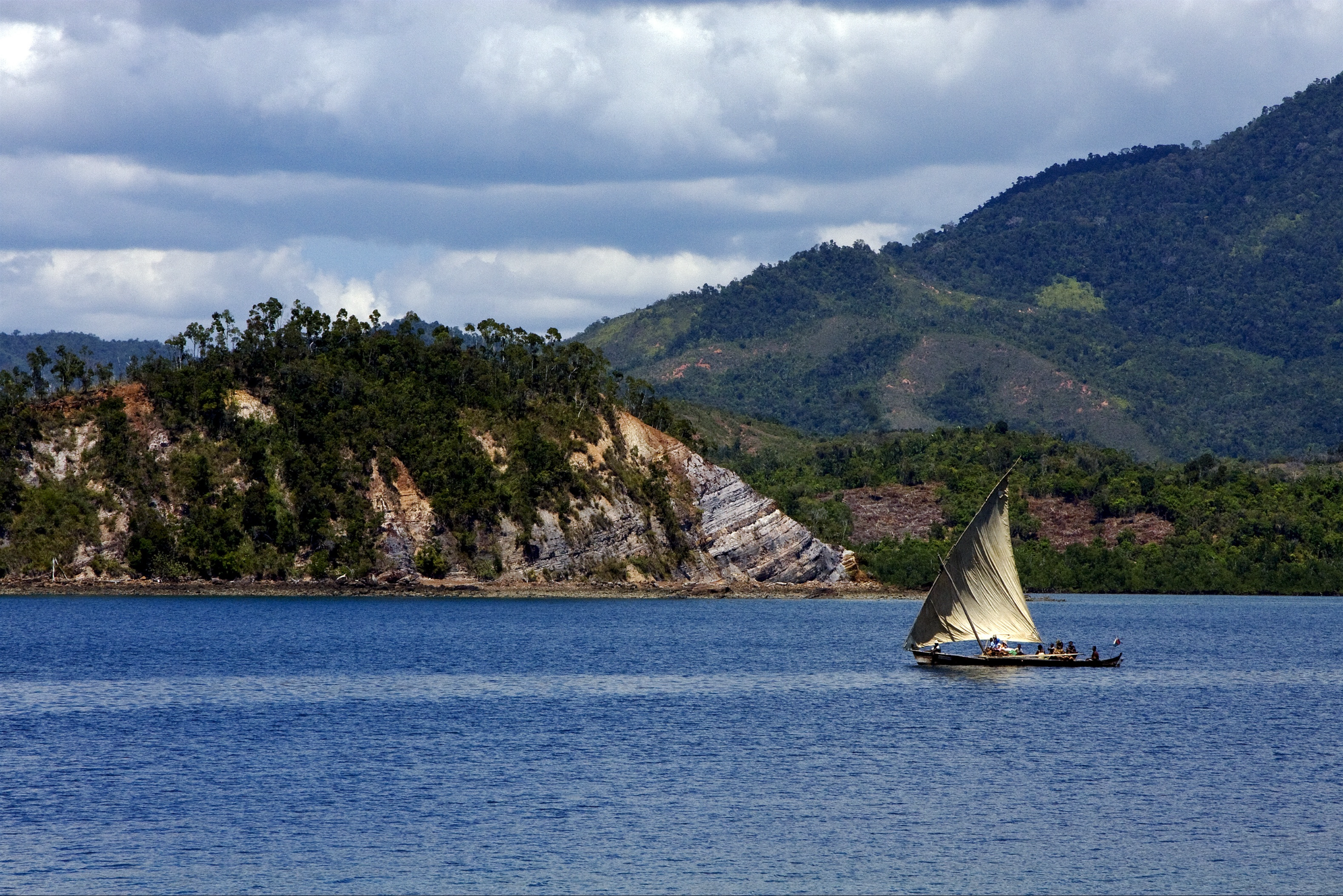
Madagascar boasts a diverse range of climates across its regions. Travellers can enjoy a range of experiences on the island, from the lush rainforests of the east coast to the arid plains of the south.
- Eastern Coast: The eastern coast receives the most rainfall, making it lush and green year-round. The wet season can be intense, but it’s also the best time to see the rainforest at its most vibrant.
- Western Coast: The western coast is drier and sunnier, especially during the dry season. This part of the country is perfect for beach lovers and those seeking warm, sunny weather.
- Highlands: The highlands offer a cooler climate, with temperatures dropping significantly at night. The ideal time to go is in the dry season because the weather is nice and ideal for outdoor activities.
- Southern Madagascar: Southern Madagascar is arid and experiences little rainfall. The dry season is the most comfortable time to visit, but the region’s unique landscapes can be explored year-round.
Wildlife Viewing
Madagascar boasts a unique ecosystem teeming with fascinating creatures. From the playful antics of lemurs to the vibrant plumage of endemic birds and the dazzling underwater world teeming with marine life, Madagascar offers unforgettable wildlife experiences for every kind of explorer.
Lemur Spotting
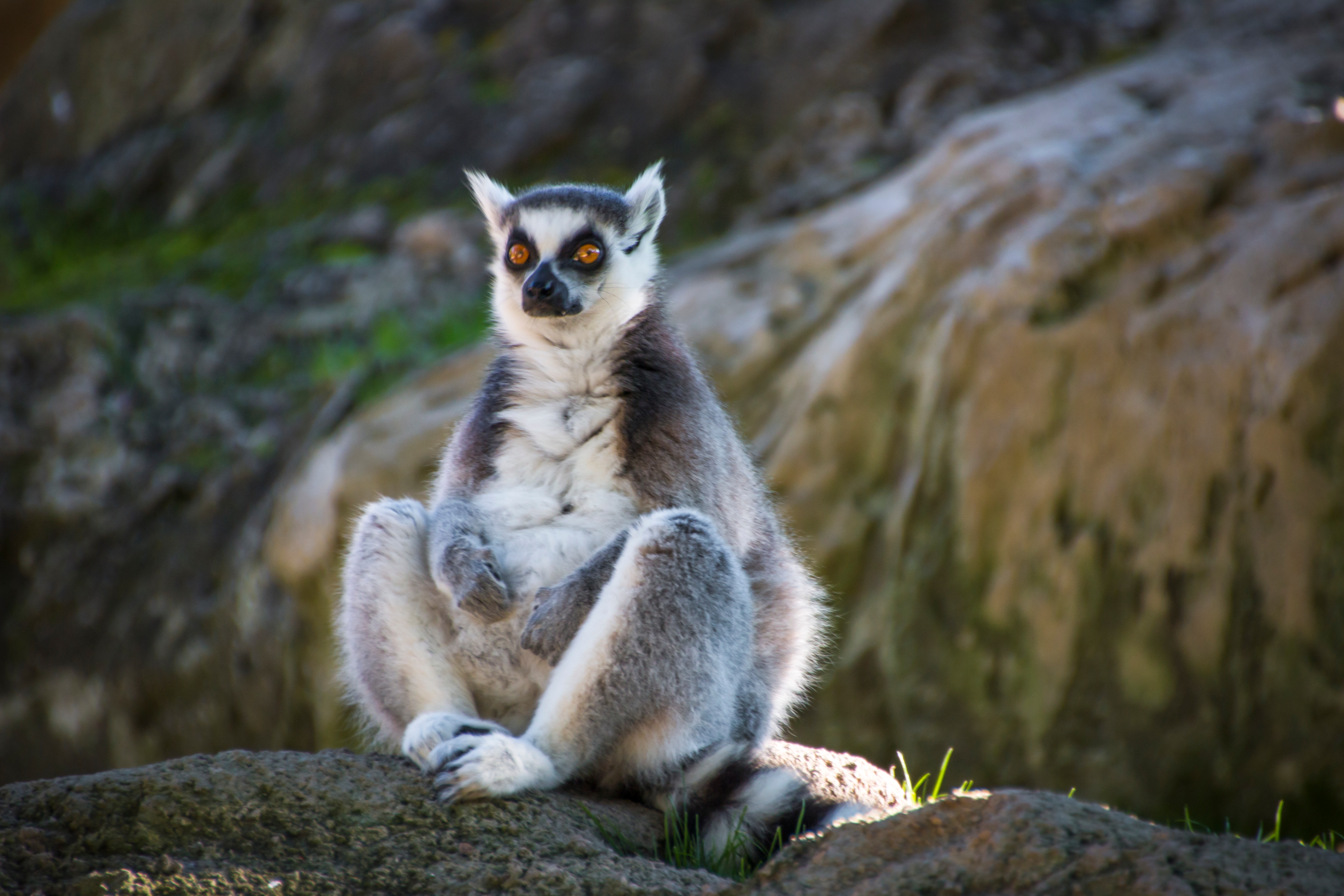
Madagascar is famous for its lemurs, and the best time to see them is during the dry season when they are most active.
Bird Watching
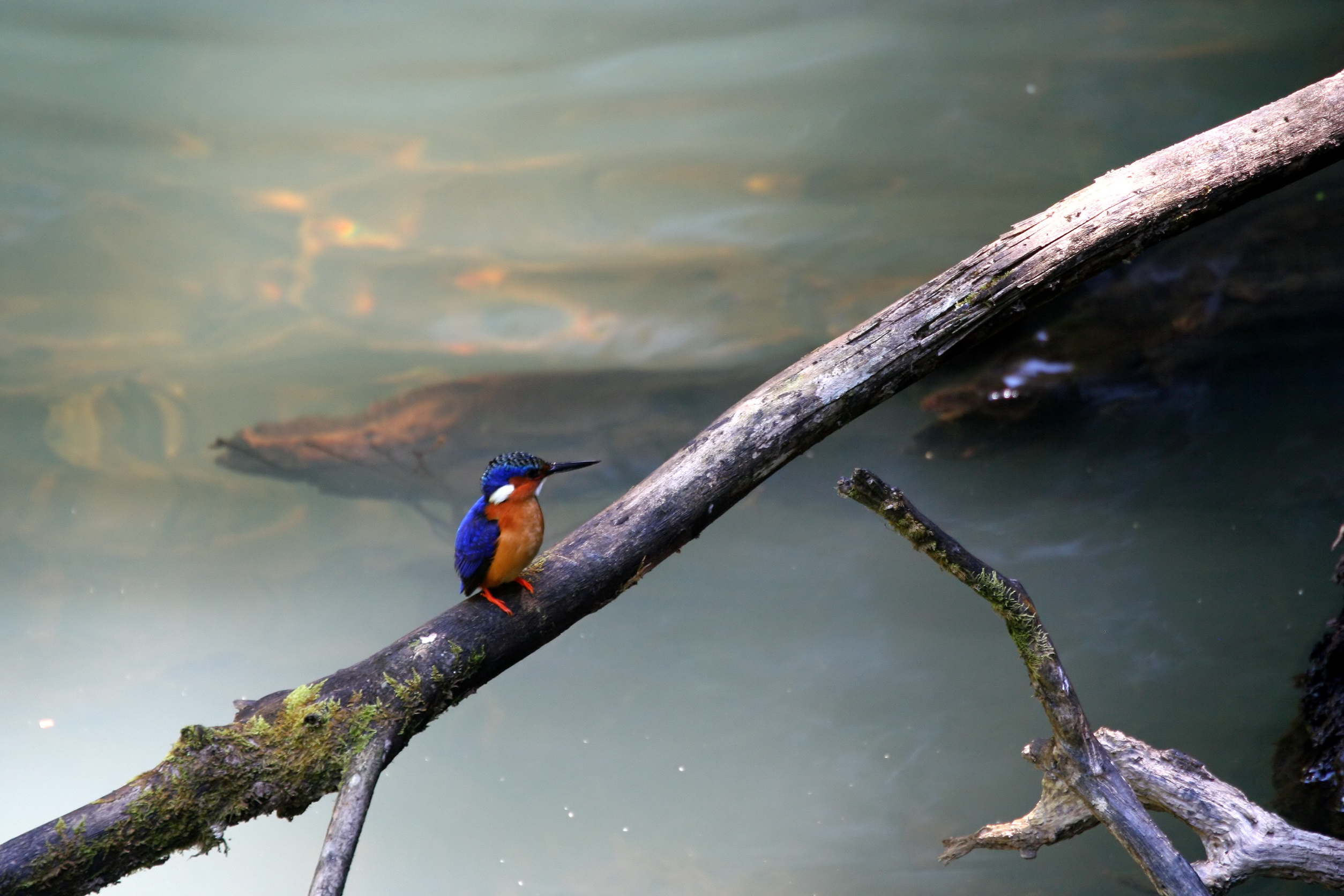
The island is a bird watcher’s paradise, with many endemic species. November to April is the best time for bird watching, as this is the breeding season.
Marine Life
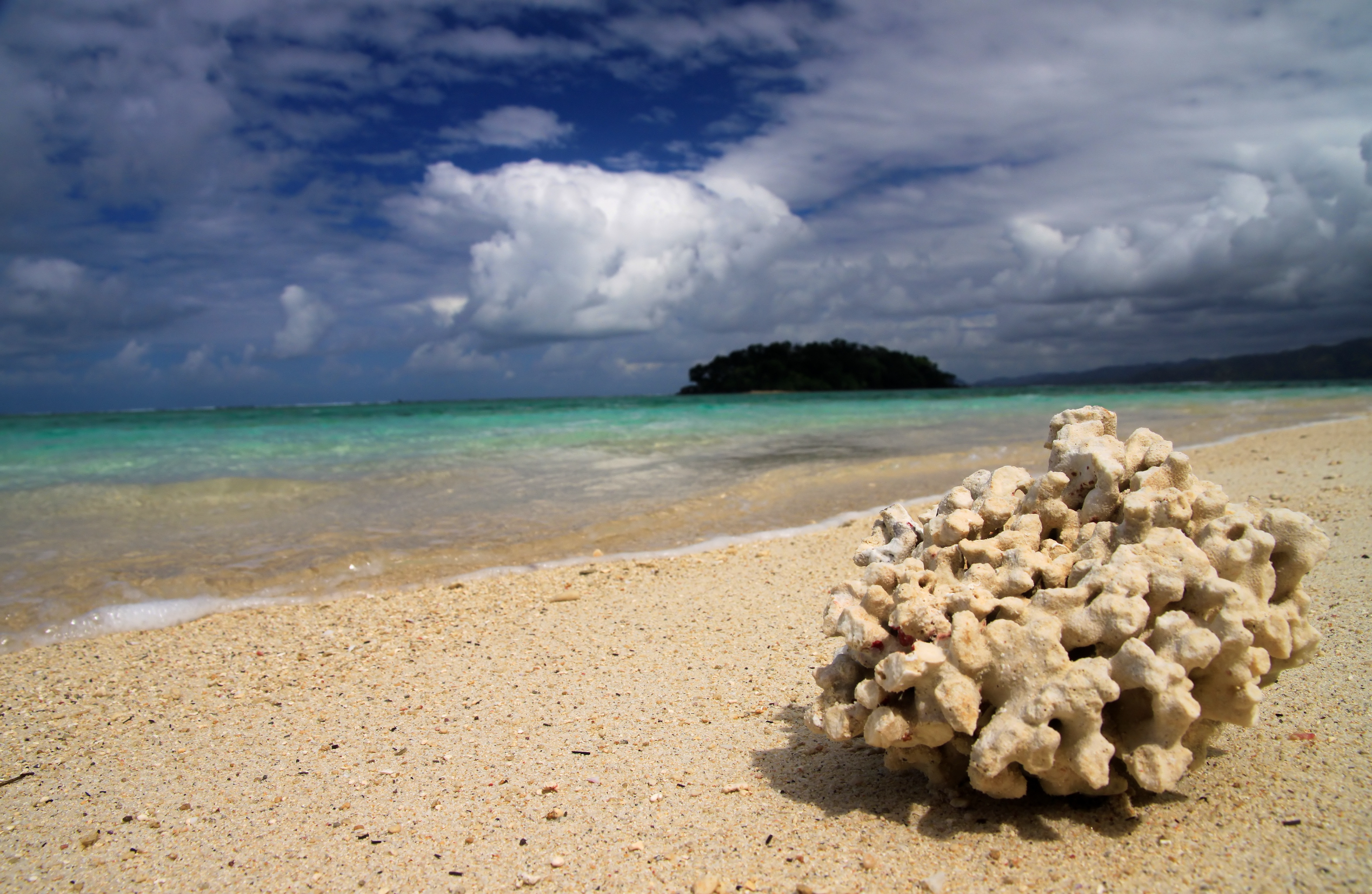
For marine enthusiasts, the dry season offers the best visibility for diving and snorkeling, especially from September to December.
Seasonal Activities
Dive into Madagascar's vibrant spirit with seasonal adventures! Whether you crave the thrill of a mountain trek, relaxation on pristine beaches, or immersion in cultural celebrations, Madagascar offers something special depending on the time of year.
Hiking and Trekking
The dry season is great for hiking and trekking, with cooler temperatures and clear skies. Popular trails include those in Andringitra National Park and Isalo National Park.
Beach Holidays
Madagascar boasts stunning beaches, particularly along the western coast. From May to October, the dry season is perfect for a beach getaway.
Cultural Festivals
Madagascar hosts numerous cultural festivals throughout the year. The Donia Music Festival in May and the Famadihana (Turning of the Bones) ceremony are highlights.
Detailed Monthly Breakdown
|
Month |
Weather |
Activities to do |
|
January |
Warm and wet, especially in the east |
Explore rainforests and enjoy fewer tourists |
|
February |
Peak wet season |
Ideal for experiencing vibrant flora |
|
March |
End of the wet season, lush landscapes |
Perfect for seeing the island's greenery |
|
April |
Start of dry season |
Great for rainforest visits and wildlife spotting |
|
May |
Dry and pleasant |
Best time for trekking and attending the Donia Music Festival |
|
June |
Mild temperatures, clear skies |
Ideal for hiking and exploring national parks |
|
July |
Peak dry season |
Excellent for beach holidays and marine activities |
|
August |
Warm and dry |
Perfect for lemur spotting and beach vacations |
|
September |
Warm and dry |
Best for diving and snorkelling |
|
October |
End of the dry season |
Great for outdoor adventures and cultural experiences |
|
November |
Transition to wet season |
Fewer tourists, lush scenery |
|
December |
Start of the wet season |
Enjoy vibrant flora and avoid crowds |
Local Cuisine and Dining Experiences
Madagascar offers a unique culinary experience with its blend of African, Asian, and European influences. Some must-try dishes include:
- Ravitoto: Pork with cassava leaves.
- Romazava: A traditional beef stew.
- Mofo Gasy: Malagasy pancakes.
- Zebu Steak: Beef from the local Zebu cattle.
- Street Food: Try local markets for a variety of snacks and fresh produce.
Top Destinations and Hidden Gems
Top Destinations
- Avenue of the Baobabs: Iconic baobab trees at sunset.
- Ranomafana National Park: Rainforest and wildlife.
- Nosy Be: Popular island for beaches and marine activities.
Hidden Gems
- Maroantsetra: Gateway to Masoala National Park.
- Andavadoaka: Pristine beaches and coral reefs.
- Anja Reserve: Community-run reserve with lemurs and hiking trails.
Travel Itineraries
|
Travel Itineraries |
Day 1-3 |
Day 4-6 |
Day 7-9 |
|
Adventure Seekers |
Explore Andasibe-Mantadia National Park |
Trekking in Isalo National Park |
Diving in Nosy Be |
|
Families |
Visit Lemur Island and Vakona Forest Reserve |
Relax on the beaches of Nosy Be |
Discover the cultural sites in Antananarivo |
|
Honeymooners |
Stay at a luxury resort in Nosy Be |
Romantic walks through the Avenue of the Baobabs |
Private beach time in Andavadoaka |
Local Customs and Etiquette
- Greetings: Handshakes are common; use both hands for a respectful gesture.
- Dress Code: Dress modestly, especially in rural areas.
- Respect Traditions: Be mindful of local customs, such as the Famadihana ceremony.
- Language: Learning basic Malagasy phrases can go a long way.
Transportation Tips
- Domestic Flights: Efficient for long distances.
- Buses and Taxis: Common in cities and towns.
- Car Rentals: Available, but consider hiring a driver for safety.
- Ferries: Useful for island hopping.
Environmental Impact and Sustainable Travel
- Support Eco-Friendly Lodges: Choose accommodations that practice sustainable tourism.
- Respect Wildlife: keep your distance and refrain from disturbing animals.
- Reduce Plastic Use: make use of reusable water bottles and bags.
Safety Tips and Precautions
- Vaccinations: Ensure you’re up-to-date on routine vaccinations.
- Mosquito Repellent: To protect against mosquito-borne diseases.
- Travel Insurance: Highly recommended for unforeseen circumstances.
- Political Stability: Stay informed about the current political situation.
- Areas to Avoid: Research and heed travel advisories.
User Testimonials and Reviews
"Our trip to Madagascar was unforgettable! The wildlife, especially the lemurs, was incredible. We visited in July and had perfect weather for all our outdoor adventures." – Jane and Mark, USA
Travel Tips
Packing Essentials
- Lightweight Clothing: Suitable for the tropical climate.
- Rain Gear: Essential during the wet season.
- Sturdy Footwear: Ideal for hiking and exploring.
- Sunscreen & Hat: To protect against the strong sun.
Health and Safety
- Vaccinations: Ensure you’re up-to-date on routine vaccinations.
- Mosquito Repellent: To protect against mosquito-borne diseases.
- Travel Insurance: Highly recommended for unforeseen circumstances.
Accommodation Tips
- Book in Advance: Especially during peak season.
- Choose Eco-friendly Lodges: To support sustainable tourism.
- Consider Local Guesthouses: For a more authentic experience.
Conclusion
Although you can visit Madagascar any time of year, you can have a better experience if you know when to go. Whether you’re drawn to its unique wildlife, stunning landscapes, or vibrant culture, planning your trip around the island’s climatic patterns will ensure a memorable adventure.
Don't wait to experience the magic of Madagascar! With its diverse landscapes, fascinating wildlife, and rich cultural heritage, the island offers something for every adventurer. Start planning your unforgettable trip today! Apply now for a Madagascar eVisa from [Madagascar Visa Website link].
FAQs
Can I visit Madagascar during the wet season?
Yes, you can visit Madagascar during the wet season (November to March). While there is more rainfall, this time is perfect for experiencing lush landscapes and vibrant flora with fewer tourists around.
What are the main climatic zones in Madagascar?
Madagascar has several distinct climatic zones:
- Eastern Coast: Warm and wet with heavy rainfall from December to March.
- Western Coast: Drier and sunnier, especially from April to November.
- Highlands: Cooler and more temperate, with significant temperature drops at night.
- Southern Madagascar: Arid and dry with sparse rainfall throughout the year.
What are some must-visit destinations in Madagascar?
Some must-visit destinations in Madagascar include:
- Avenue of the Baobabs: Iconic baobab trees at sunset.
- Ranomafana National Park: Rainforest and wildlife.
Nosy Be: Popular island for beaches and marine activities.
Get Your Madagascar eVisa
Step1: Complete the online application form by providing your passport details.
Step2: Safely process your payment using your credit card through our secure online platform.
Step3: Monitor your email for payment verification and the electronic dispatch of your eVisa.
